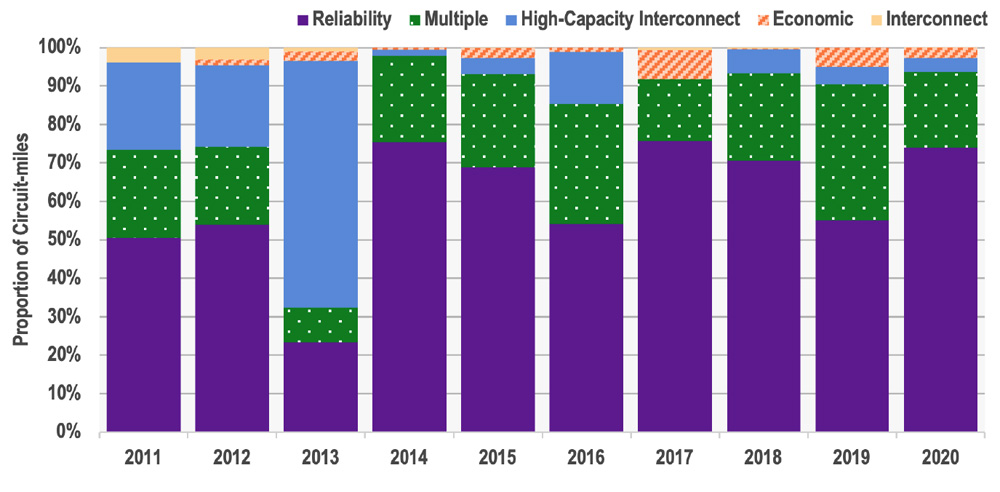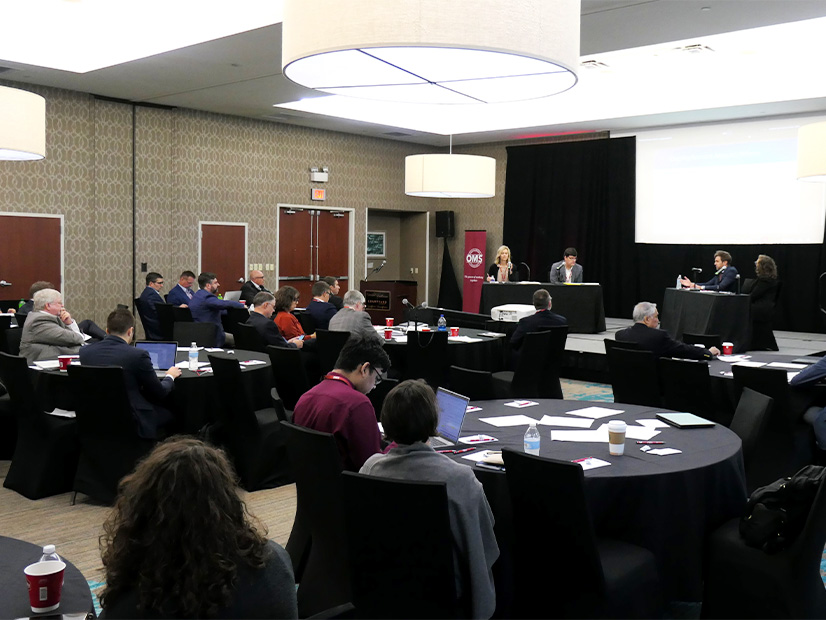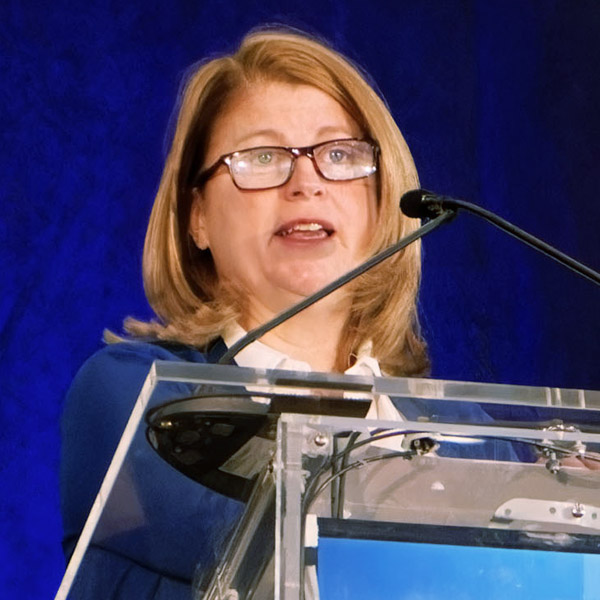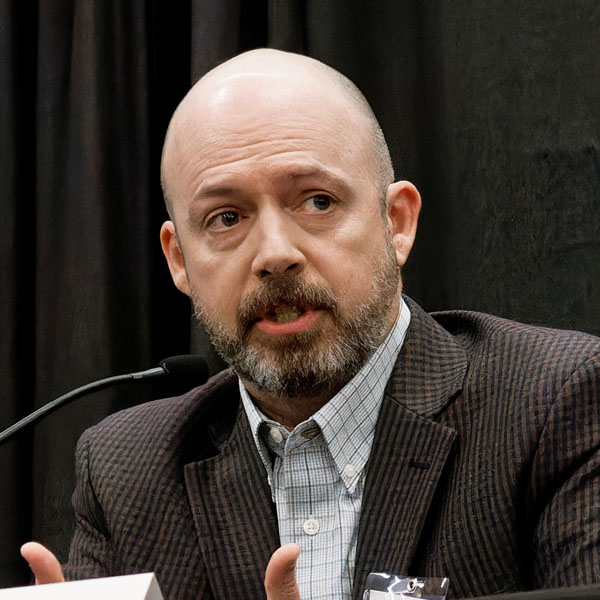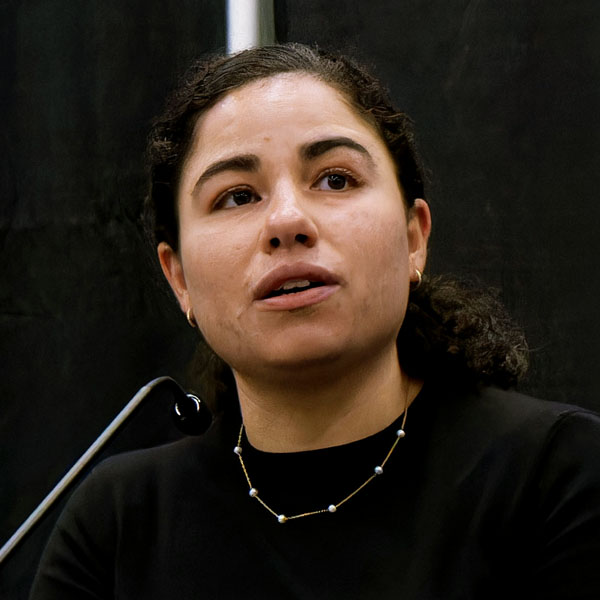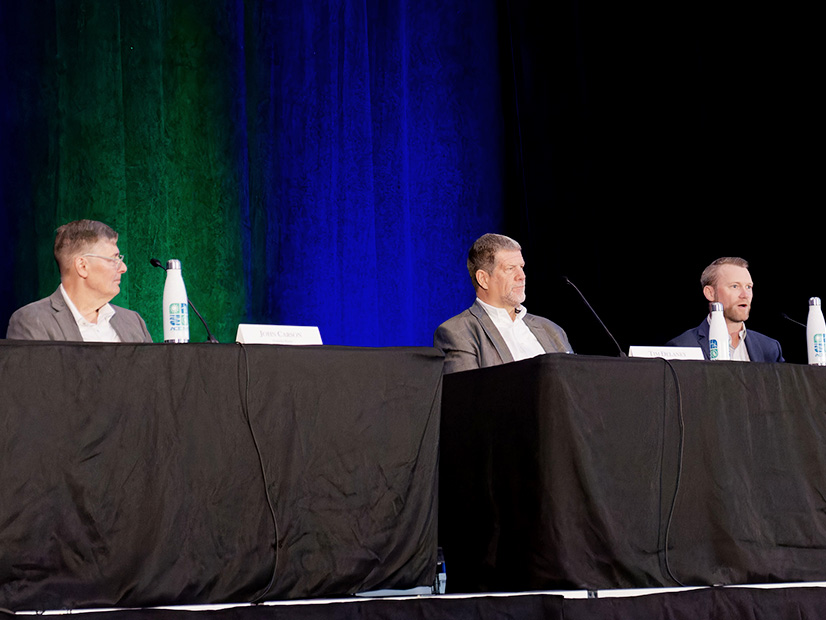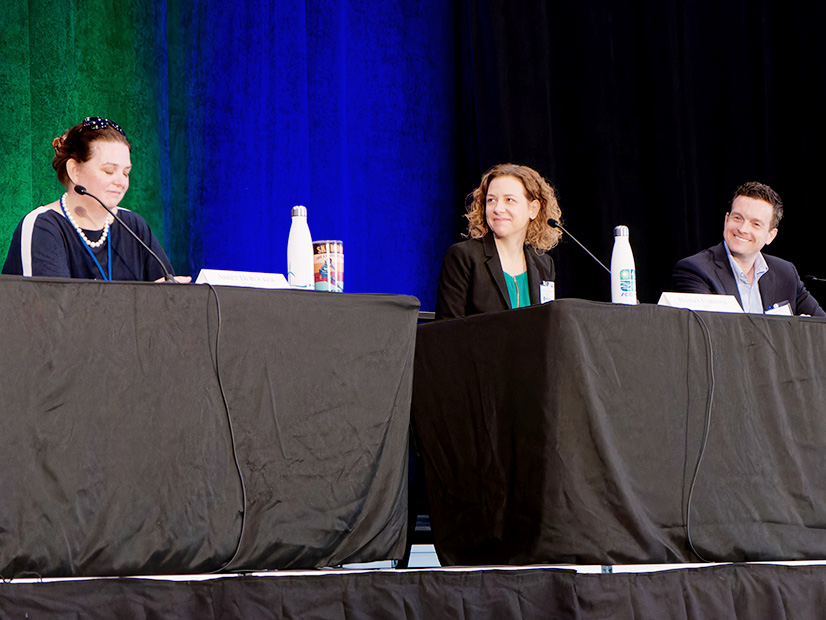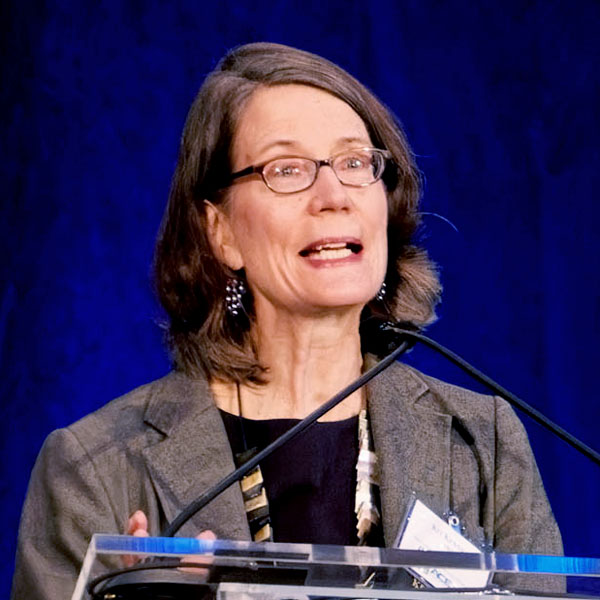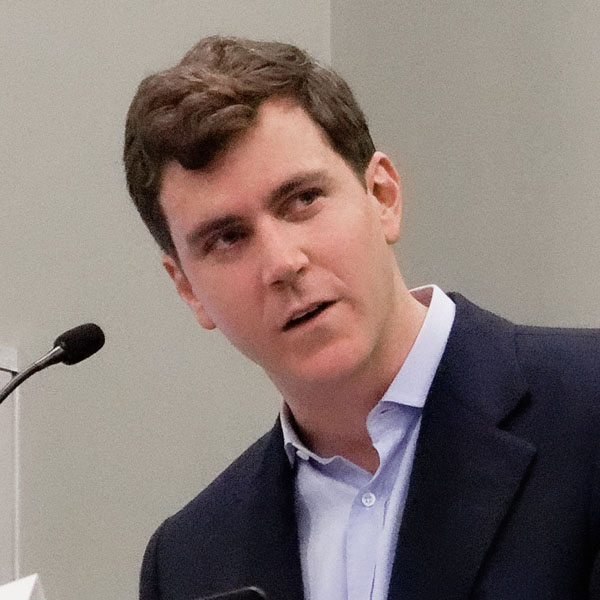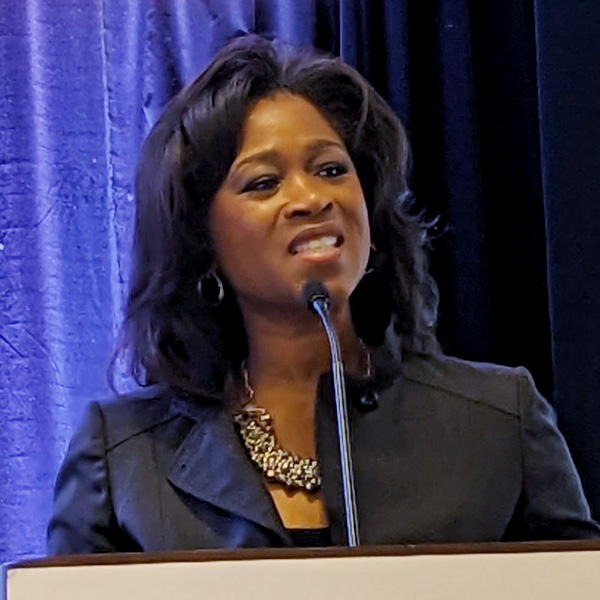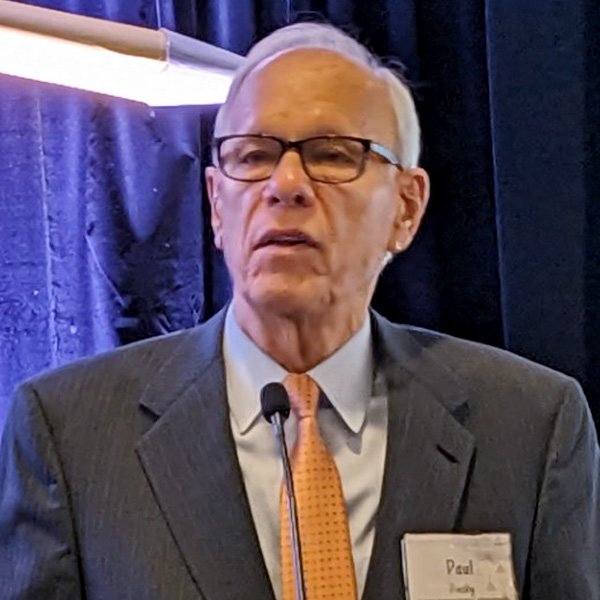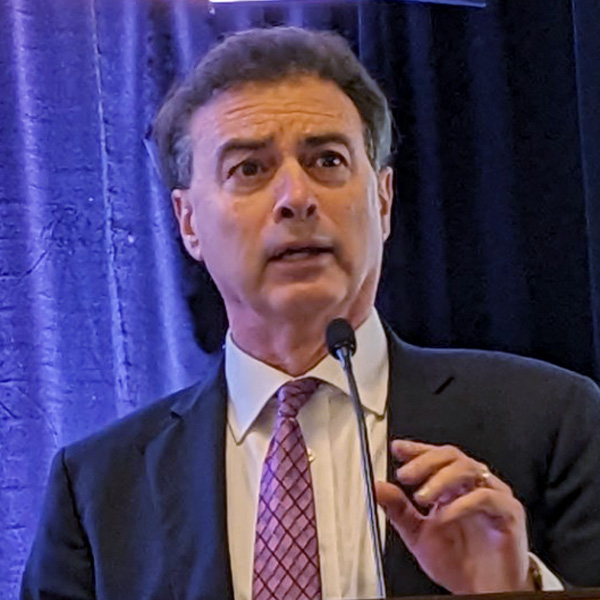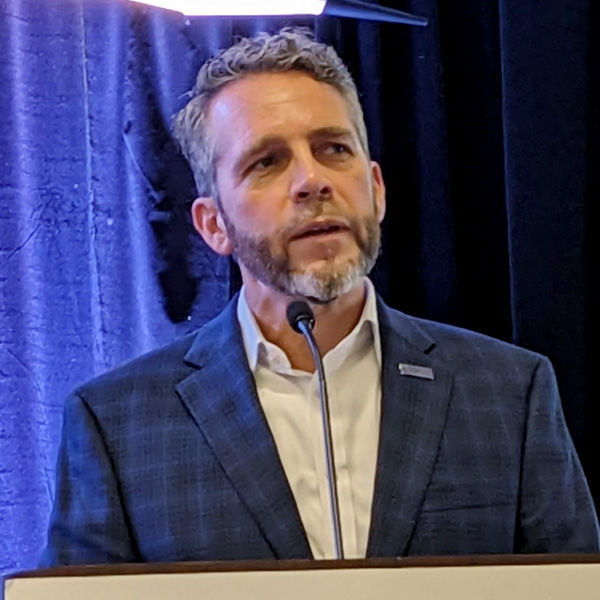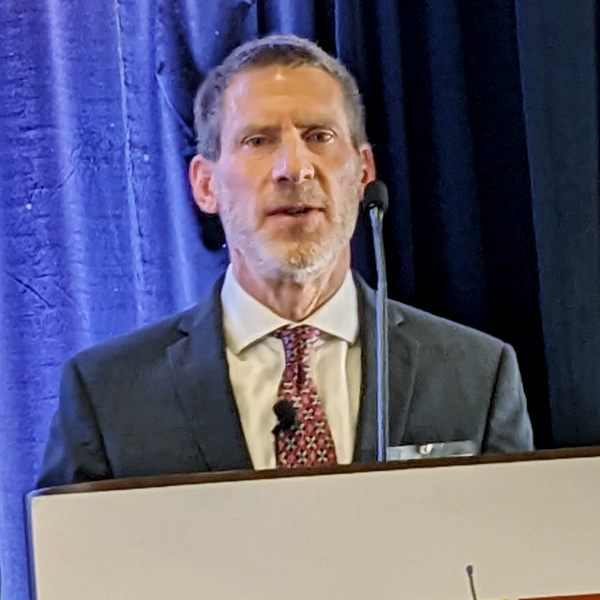ERCOT stakeholders last week agreed with the staff’s decision to table a protocol revision request implementing a new ancillary service that faces a tight statutory timeline.
Kenan Ögelman, ERCOT’s vice president of commercial operations, told the Technical Advisory Committee Oct. 24 that tabling the protocol change would give the Public Utility Commission time to “digest” a recent filing by state lawmakers pushing back against the grid operator.
State Sen. Charles Schwertner (R) and state Reps. Justin Holland (R) and Todd Hunter (R) sent a letter to ERCOT and the PUC objecting to an ERCOT nodal protocol revision request (NPRR1203) that would create the new service, dispatchable reliability reserve service (DRRS), as a subset of non-spinning reserve service. The legislation (House Bill 1500) they helped push through earlier this year mandates DRRS be implemented as a standalone service by Dec. 1, 2024.
“We studied every way we could think of a standalone DRRS delivered by Dec. 1, 2024, and none of those were feasible,” Ögelman told TAC. “I could try to reprioritize as much as I wanted, and there’s just not enough time.”
He said creating DRRS as a standalone service would require market testing “that adds time to the option.”
The lawmakers differed and urged the commission to direct ERCOT to revise NPRR1203 and to establish DRRS as a standalone ancillary service, “even if doing so will cause a delay.”
Combining DRRS into non-spin will create a single clearing price that could have a negative impact on consumer costs and diminish “market incentives to invest in the specific type of dispatchable resources needed to improve reliability,” the lawmakers said.
“The purpose of this provision was to create a targeted ancillary service product that could leverage flexible, dispatchable generation resources to more efficiently manage operational uncertainty within the ERCOT market,” they wrote. “We are concerned the current proposal does not meet the legislature’s goal of creating an ancillary service product designed to meet actual system needs in a targeted, transparent manner and could have a negative impact on consumer costs.”
ERCOT filed a response with the PUC, requesting guidance from the PUC on whether to proceed with implementing DRRS as a non-spin subtype to meet the deadline or to begin developing a standalone product. It said work already has begun on the former option and that “any pause in this work would introduce risk of missing the delivery deadline” (55156).
The grid operator said TAC and its board will need to vote on NPRR1203 and two related binding document revisions (OBDRR049 and OBDRR050), also tabled, during their December meetings to stay on schedule.
The PUC plans to take up the matter during its open meeting Nov. 2.
To be eligible for DRRS, resources must be dispatchable, be off-line and able to come on-line within two hours and capable of operating at their high sustained limit for at least four hours. NPRR1203 would establish a maximum amount of non-spin that can be provided by DRRS as a sub-type of non-spin. HB1500 also requires reliability unit commitment activity be reduced by the amount of DRRS procured.
Non-spin reserves in ERCOT also are off-line capacity that can start up and provide power, usually within 10 minutes.
Representing Reliant Energy Retail Services, Bill Barnes said stakeholders are concerned DRRS delays could push back real-time co-optimization (RTC), a market mechanism that clears energy and ancillary services every five minutes in the real-time market and is scheduled to come online in 2026.
“As stakeholders, when we compare the two, I think we see much more value in RTC in terms of impact to consumers,” he said. “I think we would have concerns if that [DRRS] change in direction would change the implementation and push that back significantly.”
ERCOT’s Independent Market Monitor prefers a standalone product that it says would better address reliability needs and have more accurate pricing.
ERCOT to Propose Price Correction
ERCOT staff told TAC they were investigating a potential price correction after an Oct. 22 problem with the security constrained economic dispatch (SCED) system. Following the meeting, ERCOT made it official by issuing a market notice that said the pricing issue met the grid operator’s initial criteria for the Board of Directors to review the real-time prices before they become final.
Staff will take the price correction to the board’s Reliability and Markets Committee Dec. 18 and then the directors Dec. 19 for their approval. They also will present the potential price correction to TAC during its Dec. 4 meeting.
According to the market notice, SCED was unable to consume specific three-part supply offers (energy offer curves) and real-time energy bids for several resources after an issue with the market management system (MMS). That resulted in SCED failing to produce valid prices for its intervals between 12:15 p.m. and 12:54 p.m. Another related issue caused SCED to fail to run from 12:56 p.m. to 1:09 p.m.
Staff ran into another error trying to process the price correction data and were unable to post the corrected prices before they became final.
Ögelman said an integer field that tracks submissions, each with a unique identifier through the ISO’s systems, exceeded a limit of more than 2 billion submissions. At that point, additional submissions were rejected. That led to price spikes before noon and a little after 1 p.m.
Staff addressed the issue by freeing up some of the numbers and letting market participants resubmit. They then were able to clear the day-ahead market, Ögelman said.
“It is a parameter that dates back to nodal go-live,” he said. “It was not envisioned that we would exceed that number, but clearly, we did. I do think that ultimately, we would need to change that cap.”
Sreenivas Badri, director of grid and market solutions, told members it would take “probably five, six years” before the issue would happen again. In the meantime, he said, staff is working with a vendor to make application changes and implementing a revision that would significantly reduce the growth of unique identifiers.
TAC Endorses RUC Change
TAC approved a revision request (NPRR1172) brought forward by consumer groups that removes the mitigated offer cap multipliers and creates a 100% claw-back for RUCs. The revision’s intention is to encourage generation resources to self-commit.
“It makes sure that the generator that’s committed by ERCOT through RUC, which would have no downside risk because its costs are guaranteed, can’t make money from the RUC,” Eric Goff, who represents residential consumers, said. “It encourages self-commitment because in today’s environment, a generator that is marginal could trade some of their profits in exchange for a guarantee that they won’t lose any money.”
Not surprisingly, the generator segment opposed the measure, casting three of five dissenting votes. The cooperative segment accounted for the other two opposing votes when the NPRR passed, 23-5 with 2 abstentions.
“This is bad policy. I fundamentally disagree with Eric’s assertion that there is no downside risk because costs are guaranteed,” Luminant Generation’s Ned Bonskowski said. “I encourage anyone that is sympathetic to resources having [been] effectively co-opted by many times a load forecast that is in excess of what the market believes and incurring costs … ideally they should have full recovery, but our experience has been that is not always the case.”
The consent agenda, passed unanimously, included two NPRRs and changes to the nodal operating guide (NOGRR) and planning guide (PGRR) that, if approved by the board and the PUC, would:
-
- NPRR1192: Incorporate the other binding document “Requirements for Aggregate Load Resource Participation in the ERCOT Markets” into the protocols.
- NPRR1196: Correct and update equations used to determine ancillary service (AS) failed quantity calculations for load resources other than controllable load resources (NCLRs) developed under NPRR1149. Changes would include: calculation updates to account for AS allowances and restrictions that NCLRs can and cannot carry simultaneously with ERCOT contingency reserve service’s (ECRS) implementation; specifying the snapshot components to be used for the “telemetered AS for the NCLRs as calculated” variable; and adding a non-zero check for the “telemetered ECRS responsibility for the resource as calculated” variable.
- NOGRR257: Resolve a conflict in emergency response service event-reporting timelines between the operating guide and protocols by striking the guide’s 90-day event-reporting requirement.
- PGRR110: Remove a paragraph from the guide to accommodate the release of steady-state planning models in node-breaker format pursuant to a system change request.
